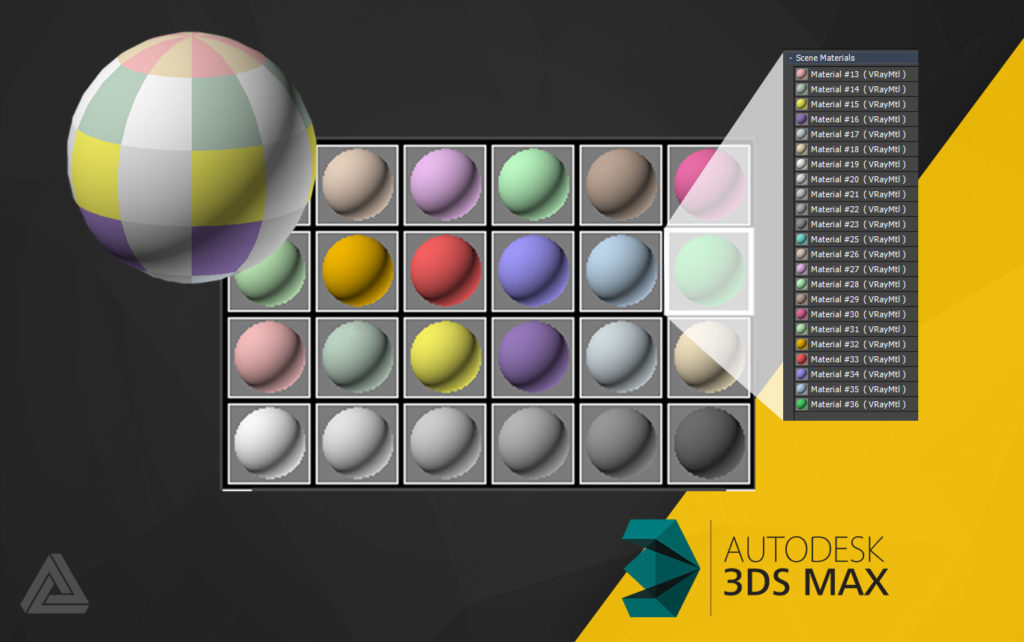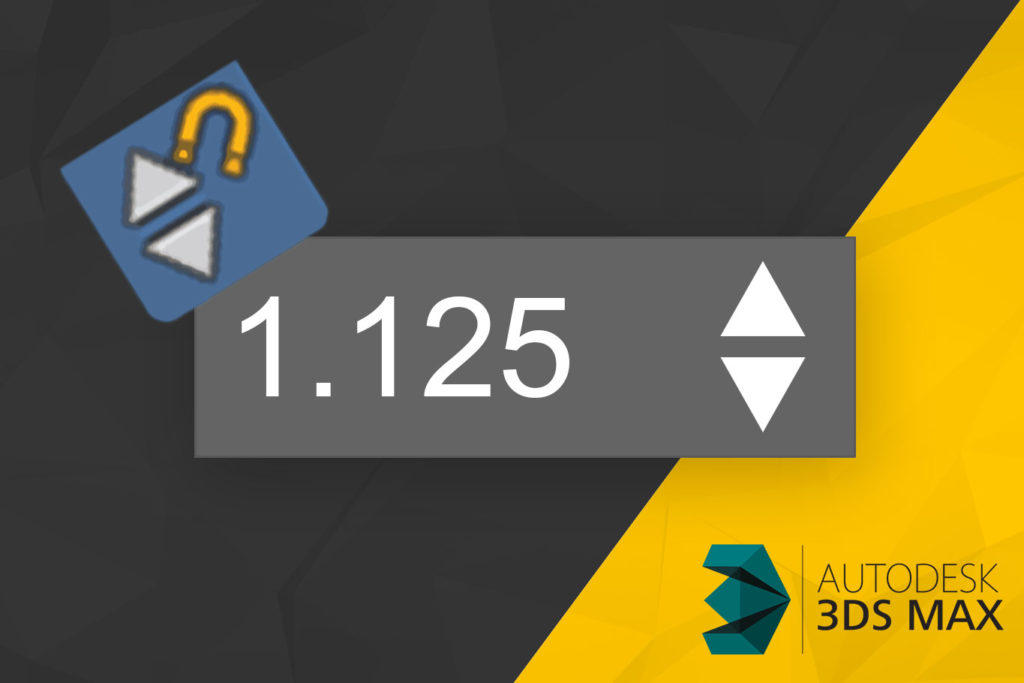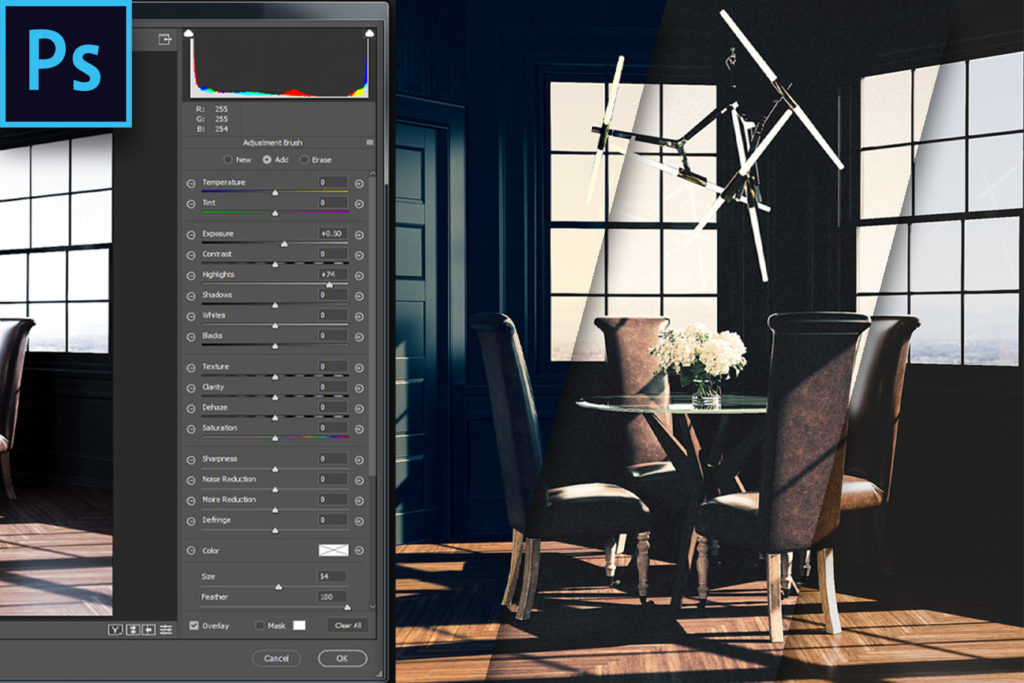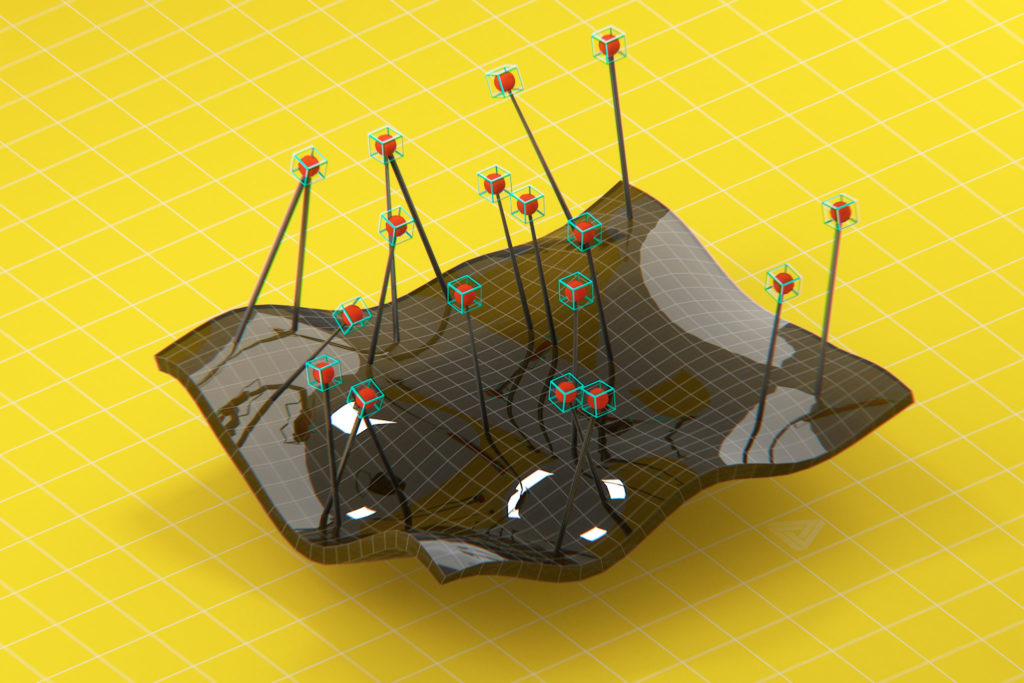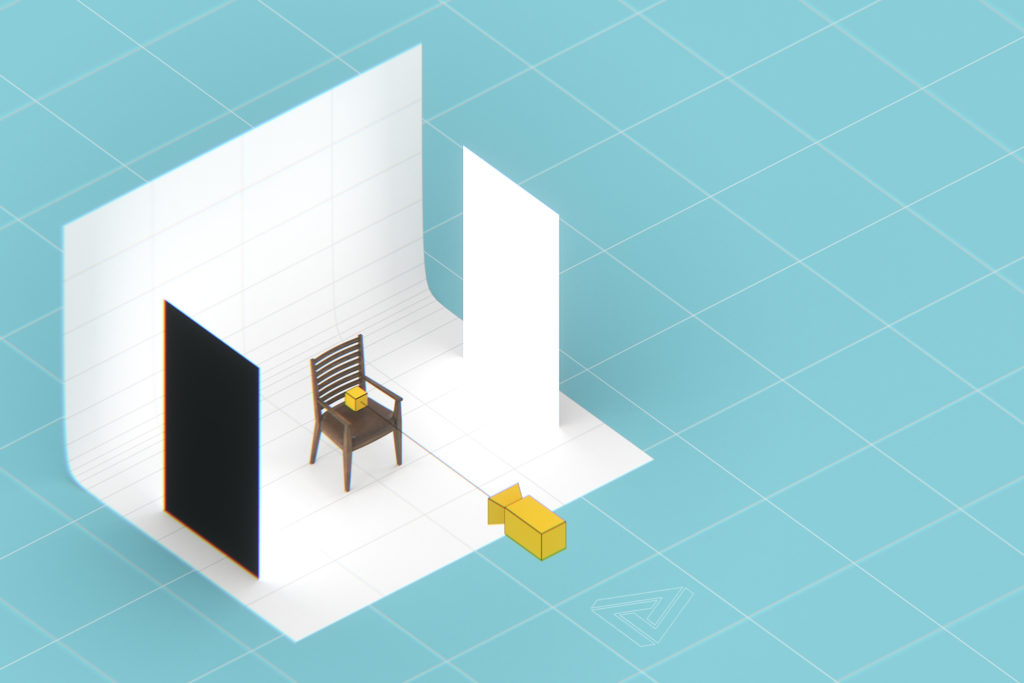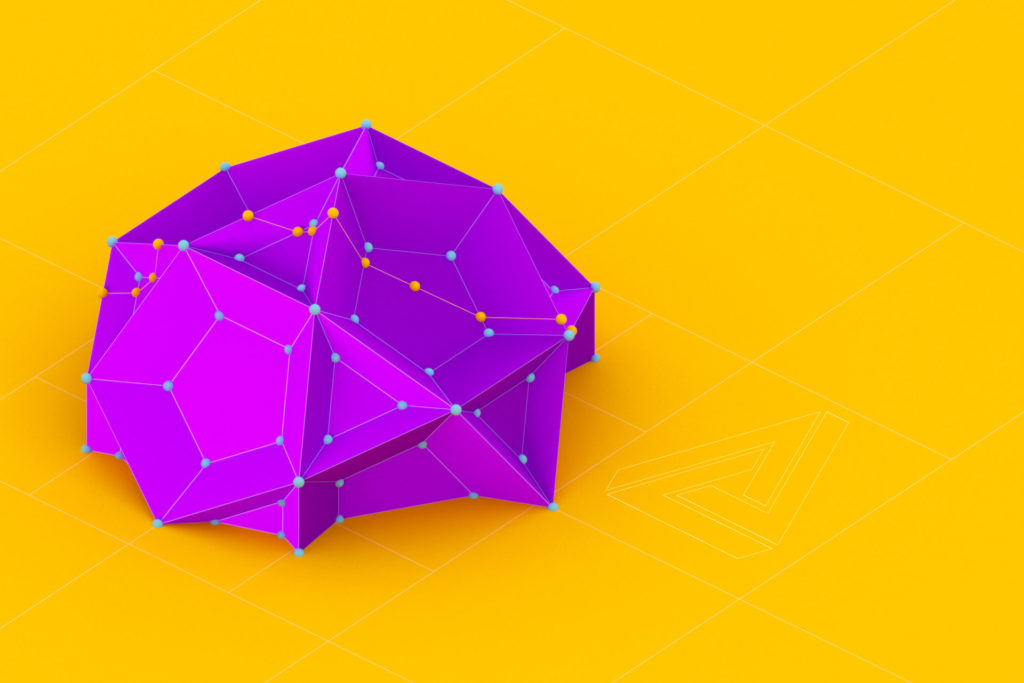18
Nov
3DS Max has a decent material editor system that supports a wide range of workflows. It allows for a maximum of 24 materials at any given time but can accommodate many more if needed. By using the multi/sub-object material you can easily increase the number of slots in the material editor window to as many as you like.
The Problem
3DS Max's material editor has two distinct versions; the Compact Material Editor and the Slate Material...
